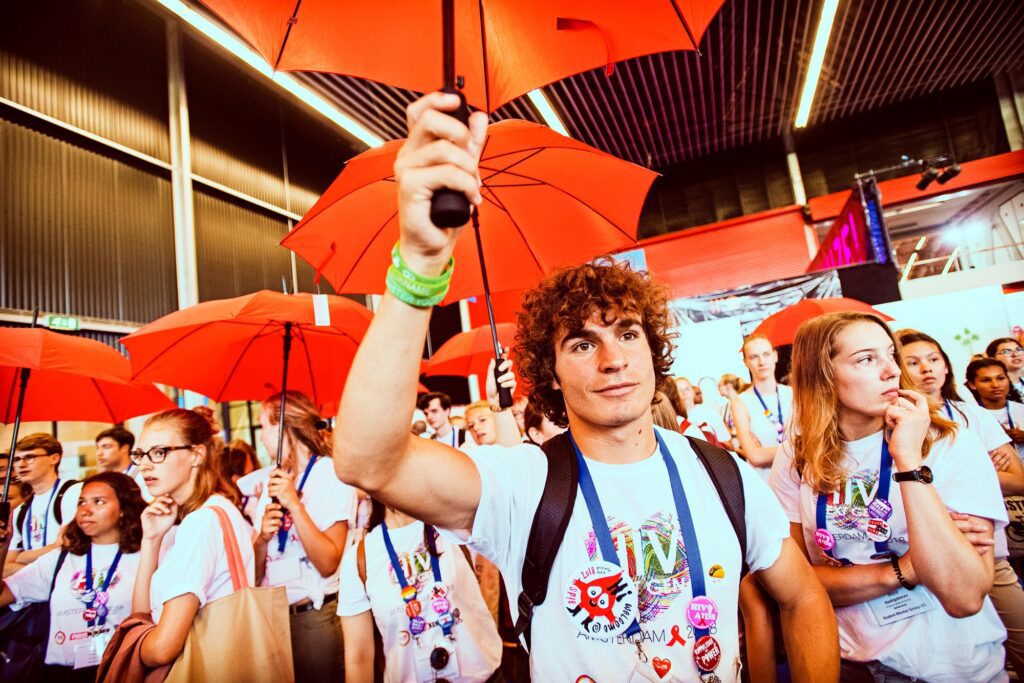
By Prakash Tyagi
The 22nd International AIDS Conference, AIDS 2018, brought together over 15,000 delegates from more than 160 countries to discuss what’s needed to halt and reverse the AIDS epidemic. Held in Amsterdam from July 23-27, the conference covered much ground, from strategies for prevention among at-risk groups to leveraging data for better program management.
Important points were made during the week. The multidimensional role of civil society in the battle against HIV was reinforced. Whether it’s advocacy on the human rights of people living with HIV to supporting the scientific community’s work on a vaccine, community-based groups and coalitions are important voices for progress.
Considering prevention and response from a gender lens was also a key takeaway with sessions and workshops highlighting the vulnerabilities of adolescent girls and young women to contracting the virus.
Advances in antiretroviral (ARVS) treatment and therapy lent an atmosphere of optimism and hope to the week. Presentations on the development of vaccines made the prospect of stopping the disease seem ever more likely. And increased access to ARVs is helping people with HIV live longer than before with a “near normal” quality of life.
Even though more people living with HIV are also living into older age, there was noticeably no discussion on how this phenomenon will affect the global HIV/AIDS agenda. Without considering the implications of population aging, HIV management and prevention efforts will risk excluding a growing proportion of those who need them–people who are older.
Social and political progress in the battle against HIV–such as protecting human rights and tackling deficiencies in legal frame-works–has not kept pace with progress on scientific and medical research.
That’s why it’s never been more important to identify and address all the areas where people are being left behind in the global movement to end HIV/AIDS. In addition to considering at-risk groups such as women and girls; minority youth; and people who are intersex or trans, we must also include people who are older. This is because everyone with HIV/AIDS- - regardless of race, gender identity, or sexual orientation – who benefits from improved drugs and treatment will now have better odds of living into old age.
The prospect of growing old with HIV/AIDS is a sign of progress and one that must be taken into account. Therefore, the next AIDS conference in 2020 should hold space for topics such as the intersection of HIV/AIDS and non-communicable disease and ways to integrate anti-ageist, age-friendly measures into program development.
Without considering the implications of population aging, HIV management and prevention efforts will risk excluding a growing proportion of those who need them- - people who are older.
I encourage the International Aids Conference to hold itself to its founding values–to take an evidence-based, inclusive, and human-rights-focused approach and design a program that ensures everyone, of all ages, is part of the discussion. Globally, 15 million of the total 37 million people living with HIV are still awaiting treatment, and an estimated 1.8 million people are infected every year. If we are to make any headway on closing the treatment gap and preventing infections, we must design and implement strategies with our aging society in mind.



